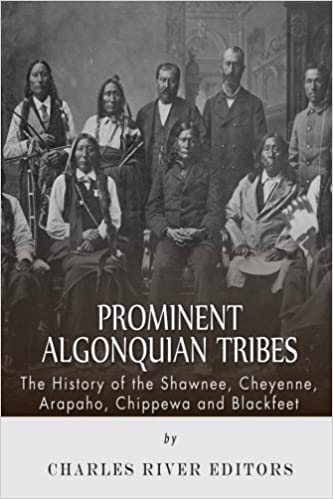The 1862 Shenandoah Valley Campaign: The History of the Civil War Campaign that Made Stonewall Jackson a Confederate Legend
ISBN: 9781530232840
*Includes pictures
*Includes accounts of the campaign written by soldiers and generals
*Includes online resources and a bibliography for further reading
*Includes a table of contents
“Jackson and his army, in one month, have routed Milroy—annihilated Banks—discomfited Frémont, and overthrown Shields! Was there ever such a series of victories won by an inferior force by dauntless courage and consummate generalship?” – An anonymous newspaper correspondent for the Richmond Whig, June 6, 1862
Confederate general Thomas Jonathan Jackson had been a virtual unknown upon his arrival at the front line of First Bull Run, but by the spring of 1862, thanks to his actions at that battle, “Stonewall” was already becoming known across the battlefields. Ultimately, it would be the Valley Campaign of 1862 that made him a legend.
In the early months of 1862, Jackson was given command of an army numbering about 17,000 in the Shenandoah Valley. His task was daunting. The loss at Bull Run prompted a changing of the guard, with George B. McClellan, the “Young Napoleon”, put in charge of reorganizing and leading the Army of the Potomac. That spring, the Army of the Potomac conducted an ambitious amphibious invasion of Virginia’s Peninsula, circumventing the Confederate defenses to the north of Richmond by attacking Richmond from the southeast.
*Includes accounts of the campaign written by soldiers and generals
*Includes online resources and a bibliography for further reading
*Includes a table of contents
“Jackson and his army, in one month, have routed Milroy—annihilated Banks—discomfited Frémont, and overthrown Shields! Was there ever such a series of victories won by an inferior force by dauntless courage and consummate generalship?” – An anonymous newspaper correspondent for the Richmond Whig, June 6, 1862
Confederate general Thomas Jonathan Jackson had been a virtual unknown upon his arrival at the front line of First Bull Run, but by the spring of 1862, thanks to his actions at that battle, “Stonewall” was already becoming known across the battlefields. Ultimately, it would be the Valley Campaign of 1862 that made him a legend.
In the early months of 1862, Jackson was given command of an army numbering about 17,000 in the Shenandoah Valley. His task was daunting. The loss at Bull Run prompted a changing of the guard, with George B. McClellan, the “Young Napoleon”, put in charge of reorganizing and leading the Army of the Potomac. That spring, the Army of the Potomac conducted an ambitious amphibious invasion of Virginia’s Peninsula, circumventing the Confederate defenses to the north of Richmond by attacking Richmond from the southeast.















